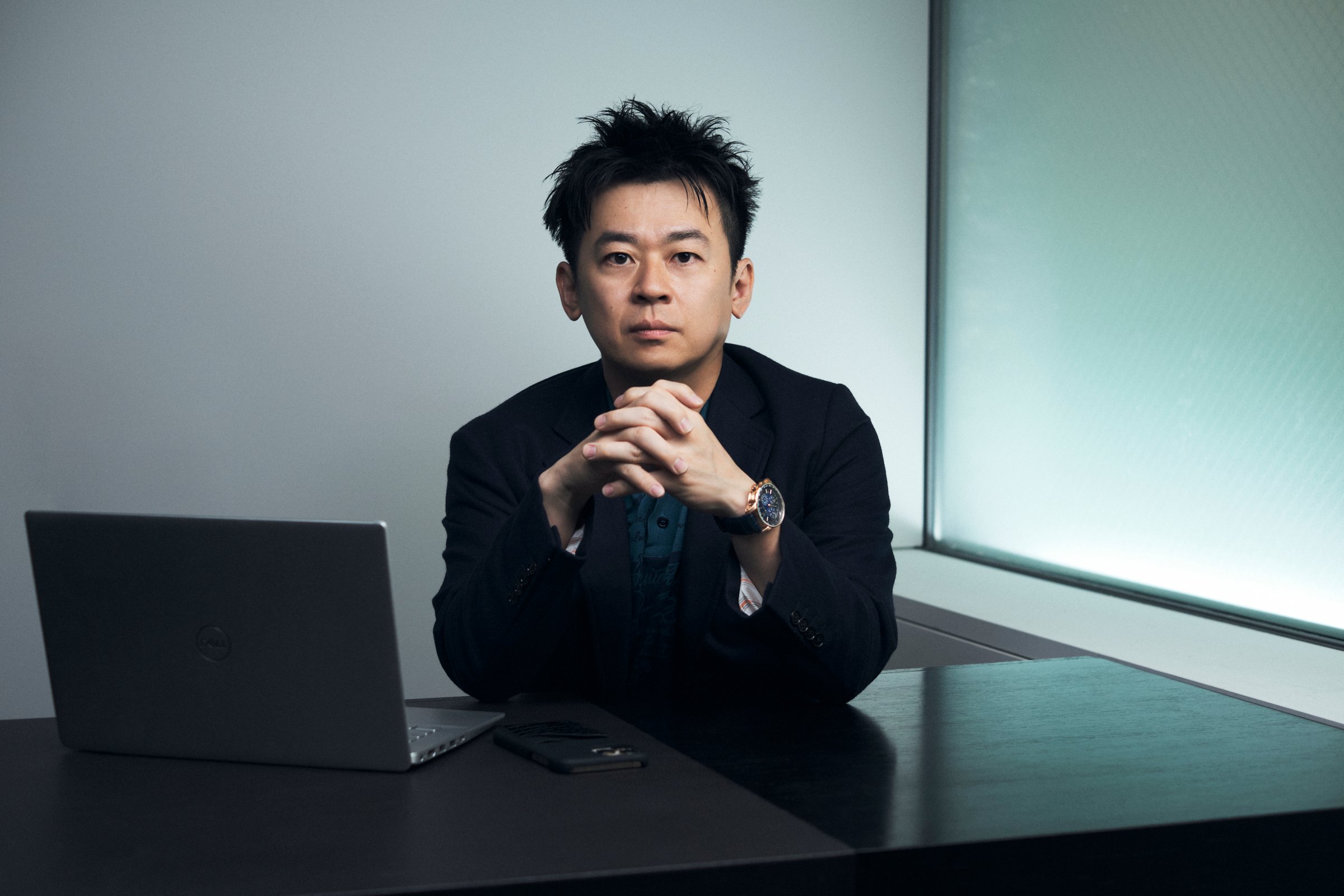
The View From is excerpted from The Asia Pivot, Artnet Pro’s biweekly members-only newsletter providing mission-critical analysis, insights, and exclusive intelligence on developments in Asia’s art markets, with a focus on business opportunities and challenges. Subscribe here to receive it directly to your inbox.
Born in 1979 in Japan’s Chiba prefecture, Kankuro Ueshima started his own company while studying at the University of Tokyo. Today, his business portfolio and investments include engineering, pharmaceuticals, real estate, and construction firms. He is the founder of the Ueshima Museum Collection.
About 80 percent of my time has been spent on art over the last two years. I traveled to all the major art fairs in Basel, Hong Kong, Seoul, New York, London, and Paris. I followed most of the contemporary art auctions of major auction houses closely. I go to galleries or museums every day, and research by reading PDFs and visiting artists’ websites and Instagram accounts. I have been buying artwork literally every day. In 2022 alone, I bought 500 pieces, 150 pieces in 2023, and this year so far, I have bought 40 works.
My collecting journey can be traced back to 2016. That year, I bought around 20 artworks, just to decorate the walls in my house and office. Six years later, my business expanded dramatically. I had more offices and more walls to decorate. So, I thought: Why don’t I start collecting art?
Installation view of the Ueshima Museum in Tokyo. Courtesy of Ueshima Museum.
I reached out to my old friend Kyoko Hattori, who was the regional director of Phillips in Japan at the time. (Hattori is currently at Pace, leading the gallery’s expansion in Tokyo.) I asked her about collecting art while we were playing golf together. She advised me to check the social media accounts of all the large galleries and see what they offer first.
I followed her advice, looking through all the artworks sold by these galleries while learning a lot about contemporary art. Bernard Frize’s canvas work Bitje (2019), which I bought from Perrotin, was the first piece I acquired to start this collecting journey. My focus is contemporary art, works made by living artists. There are occasional masterpieces, but I really want to know how those great artists look at the current environment and social situation right now, and from their observations, we try to get a glimpse of the future.
When I started collecting art, I had many opportunities to talk to artists and gallery owners. One of their biggest concerns, I learned, is that most of the works can only be seen in private after they are sold, either by the owners themselves or on private tours of the warehouses where they are stored before they are resold to other people. This is a global issue, but this is especially problematic in Japan.
Installation view of the Ueshima Museum in Tokyo. Courtesy of Ueshima Museum.
I wanted to help to rectify this situation, and hence I developed the passion to open my collection to the public, so that everyone can see the artworks. That’s why I show them on my Instagram and my website, where you can find very detailed descriptions of each artwork written in Japanese, English, and Chinese. I also try to find ways to present my collection to the public in an innovative way. For example, last year, I presented selections from my collection at Art Collaboration Kyoto and Phillips.
I continued to search for more places and opportunities to show my collection. Then about a year ago, I found out that a building on the grounds of Shibuya Kyoiku Gakuen, my alma mater, was vacant. There are great institutions in Tokyo but few focus on contemporary art. I called the owner of the school and asked him if I could use the building as a museum and my office. I got the green light to rent the building and transform it into a museum. Ueshima Museum opened to the public on June 1. I’m now discussing with the school about potential educational initiatives for the junior high and high school students there. Now my collection is the museum’s collection.
Installation view of the Ueshima Museum in Tokyo. Courtesy of Ueshima Museum.
The collection is very diverse, featuring artists from all over the world. I don’t think about the nationality or gender of the artist when I buy an artwork. While there are some big-name artists featured in the collection, I also want to find opportunities for emerging artists from Japan. There are some very good emerging Japanese artists, but they are underexposed. I want to promote them to global collectors and give them more opportunities.
Some Japanese artists from older generations who are very well-known here also do not get the recognition they deserve on the global stage. One example is Yoko Matsumoto. She is an 88-year-old female painter who has recently been picked up by White Cube, which has shown her in London and New York. I feel that there is a global movement for Japanese artists right now, and I want to be a part of this.
Recently at Art Basel in Basel, I was told that Japanese collectors were quite visible this year. Indeed, a lot of young successful entrepreneurs in their 30s or 40s are very open to contemporary art, and I’m often asked about how to start collecting art. A lot of people think that the Japanese yen is weak, and this might affect people’s desire to spend money on art. In fact, the Japanese stock market has been at its all-time high over the past year. This has absorbed the impact of the weak Japanese yen. People are willing to collect art.
I really want to see more people study art, buy art, and show it at their homes or offices. You don’t have to build a huge collection. Start with buying one artwork. Each purchase matters to Japan’s art scene.
—As told to Vivienne Chow